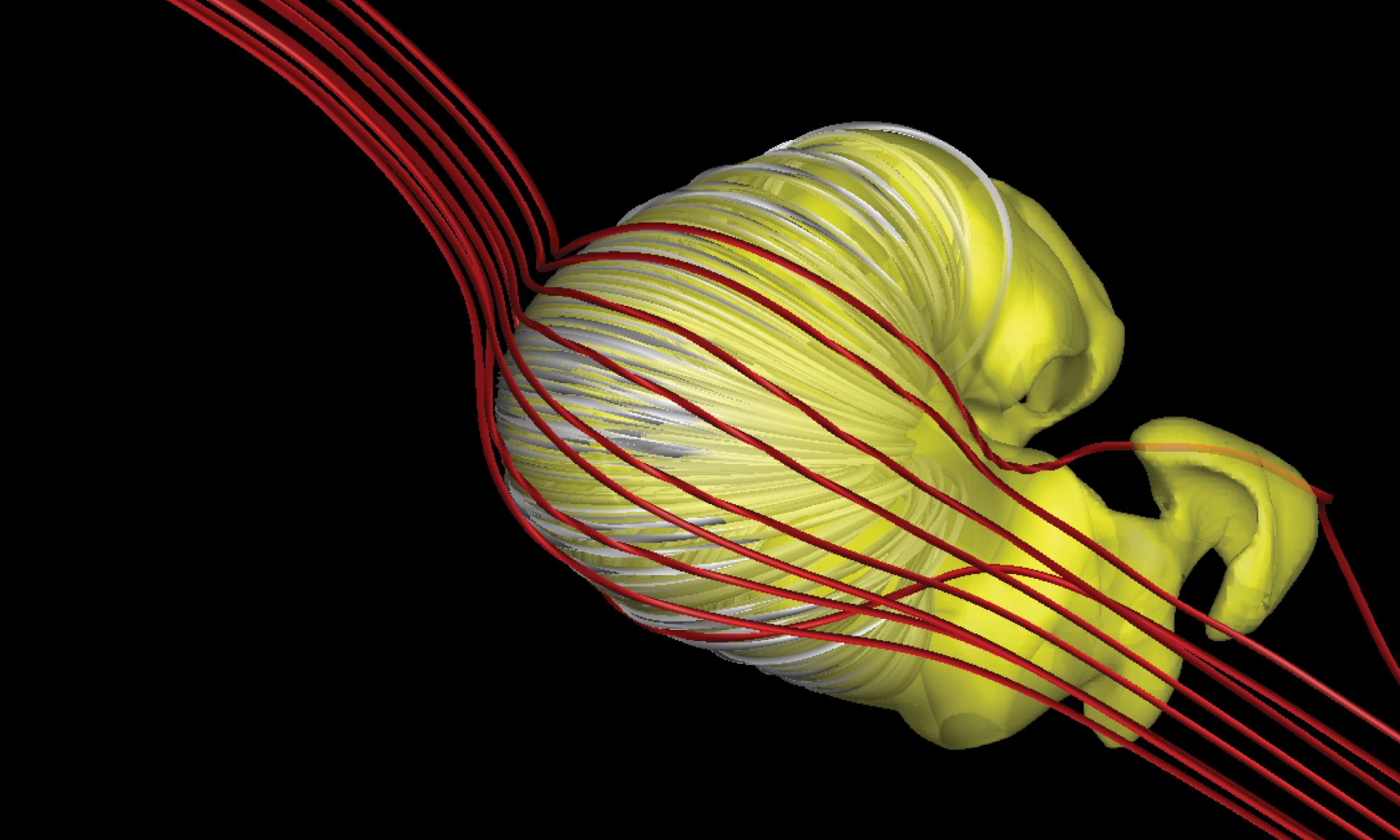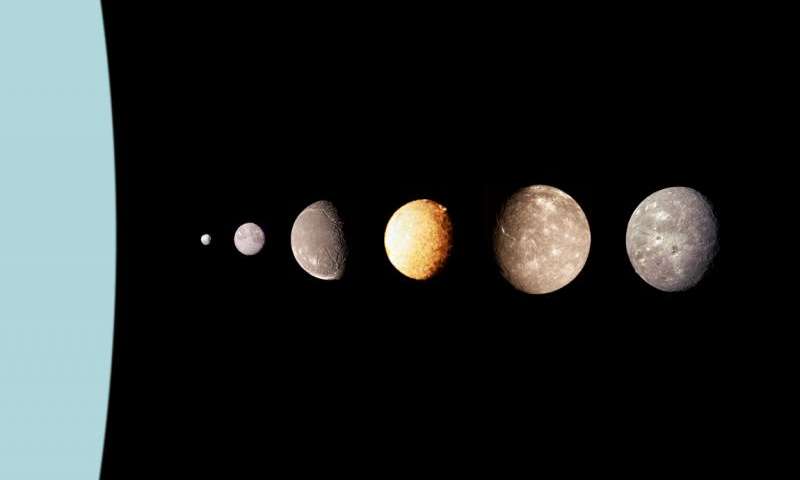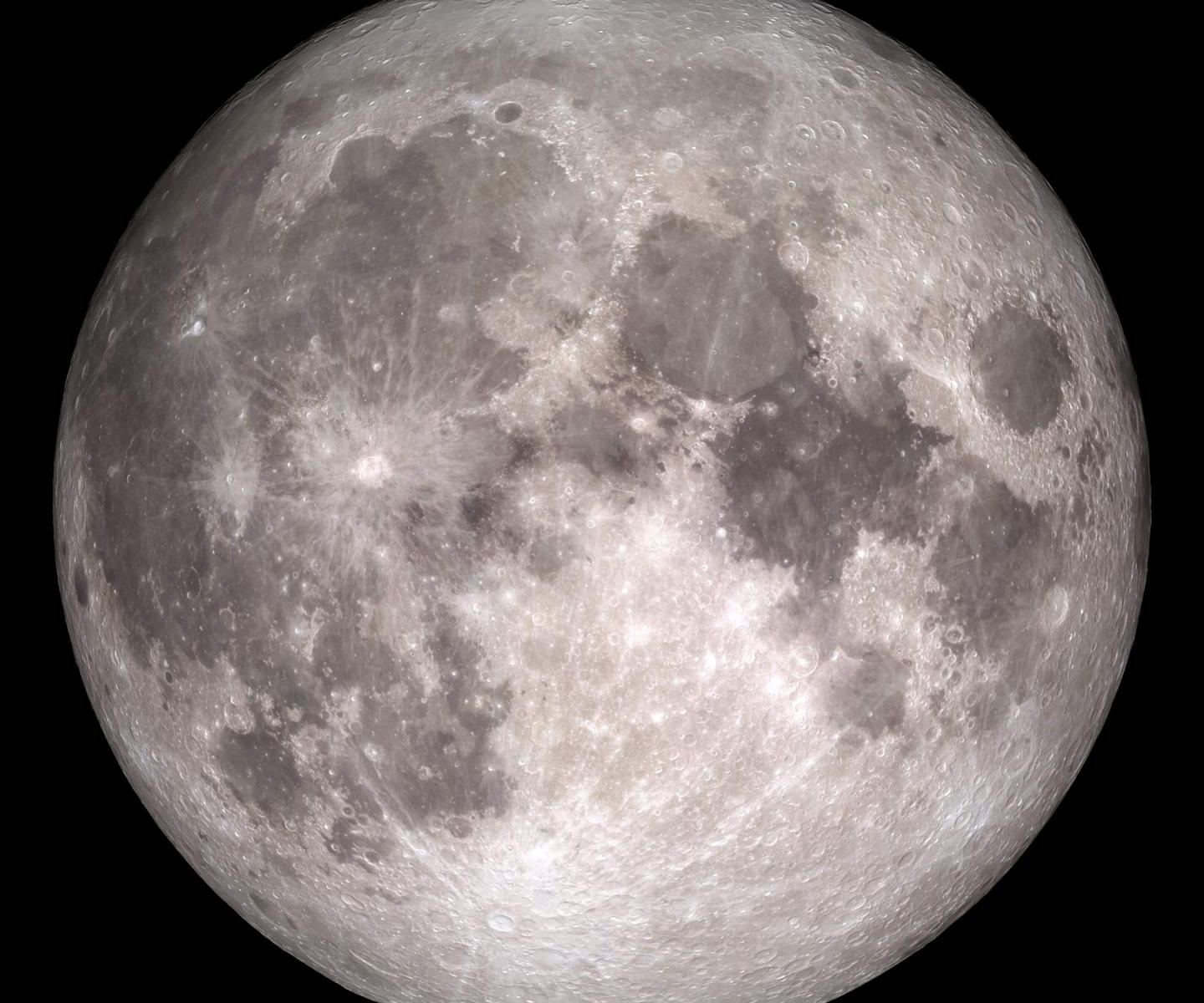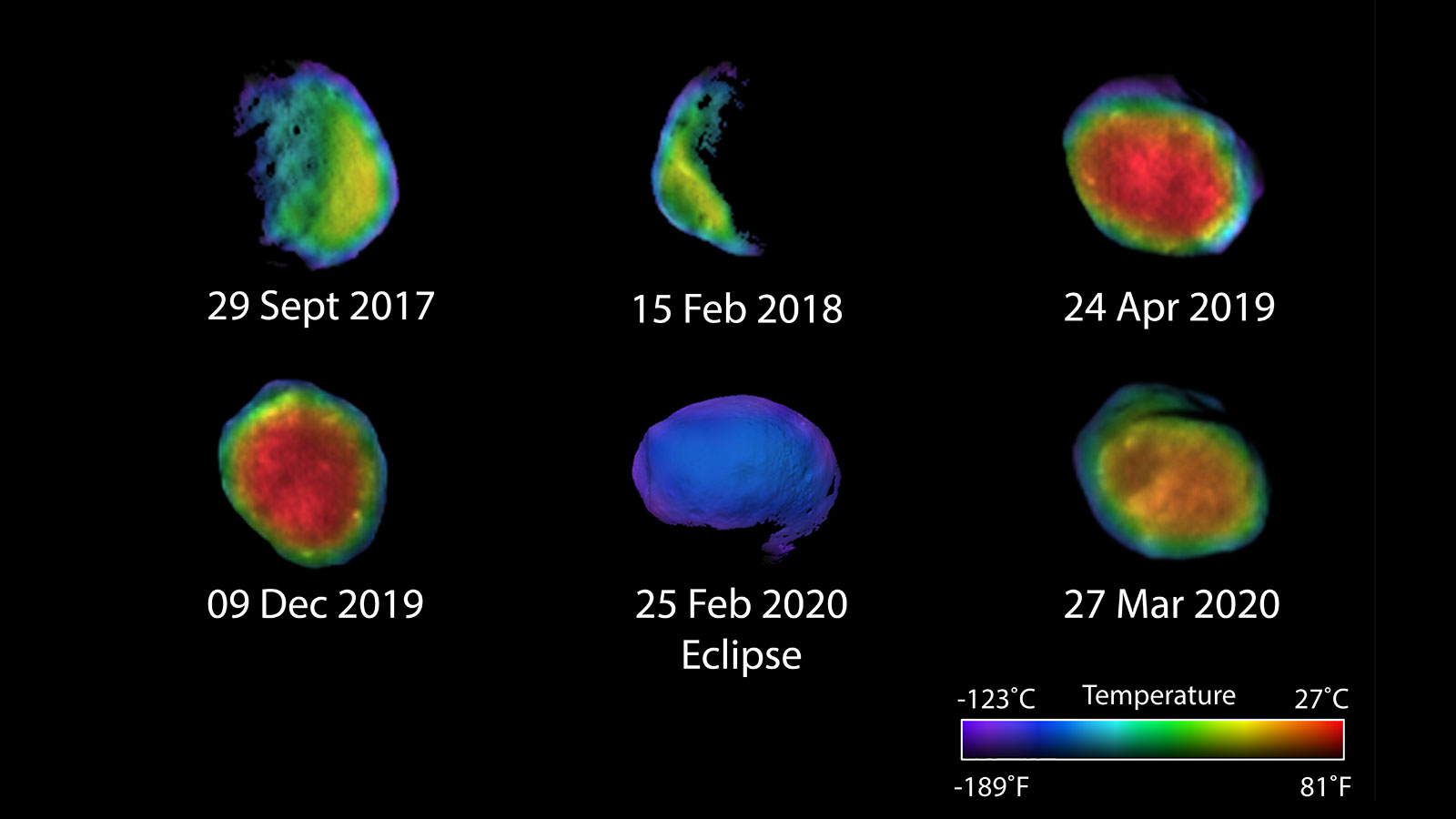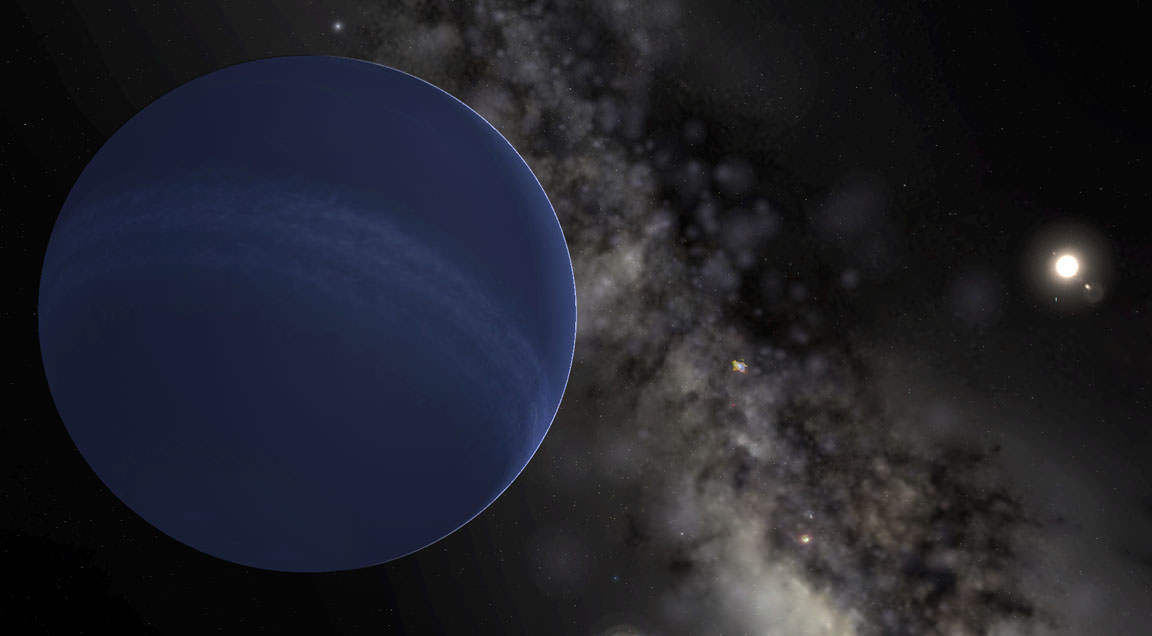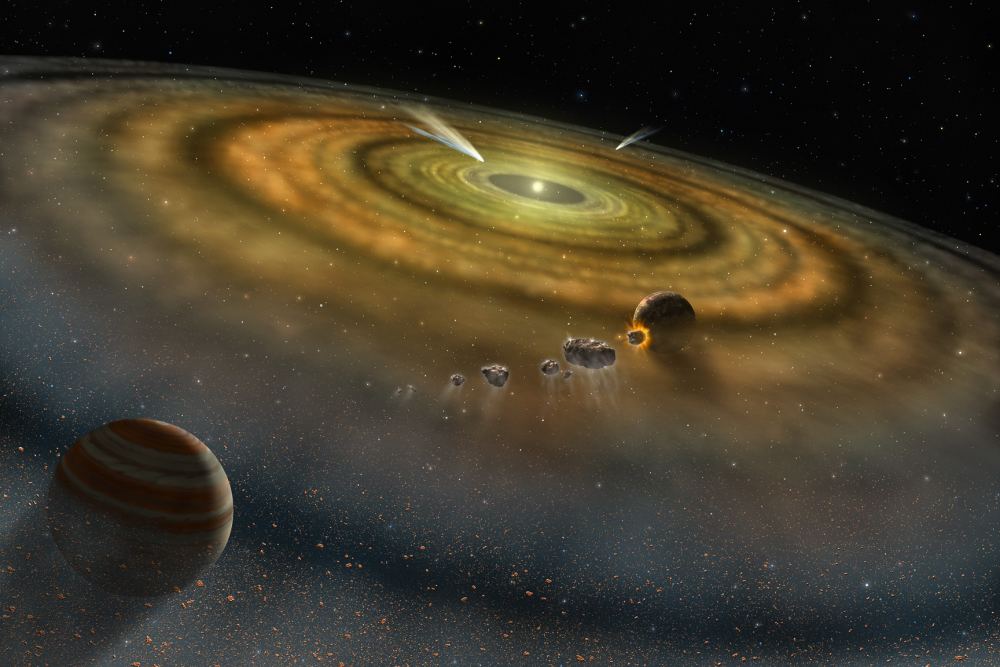What’s the most interesting fact you know about Uranus? The fact that its rotational axis is completely out of line with every other planet in the solar system? Or the fact that Uranus’ magnetosphere is asymmetrical, notably tilted relative to its rotational axis, and significantly offset from the center of the planet? Or the fact that it’s moons are all named after characters from Shakespeare or Alexander Pope?
All of those facts (with the exception of the literary references) have come from a very limited dataset. Some of the best data was collected during a Voyager 2 flyby in 1986. Since then, the only new data has come from Earth-based telescopes. While they’ve been steadily increasing in resolution, they have only been able to scratch the surface of what may be lurking in the system surrounding the closest Ice Giant. Hopefully that is about to change, as a team of scientists has published a white paper advocating for a visit from a new Flagship class spacecraft.
Continue reading “The Moons of Uranus Are Fascinating Enough On Their Own That We Should Send a Flagship Mission Out There”

